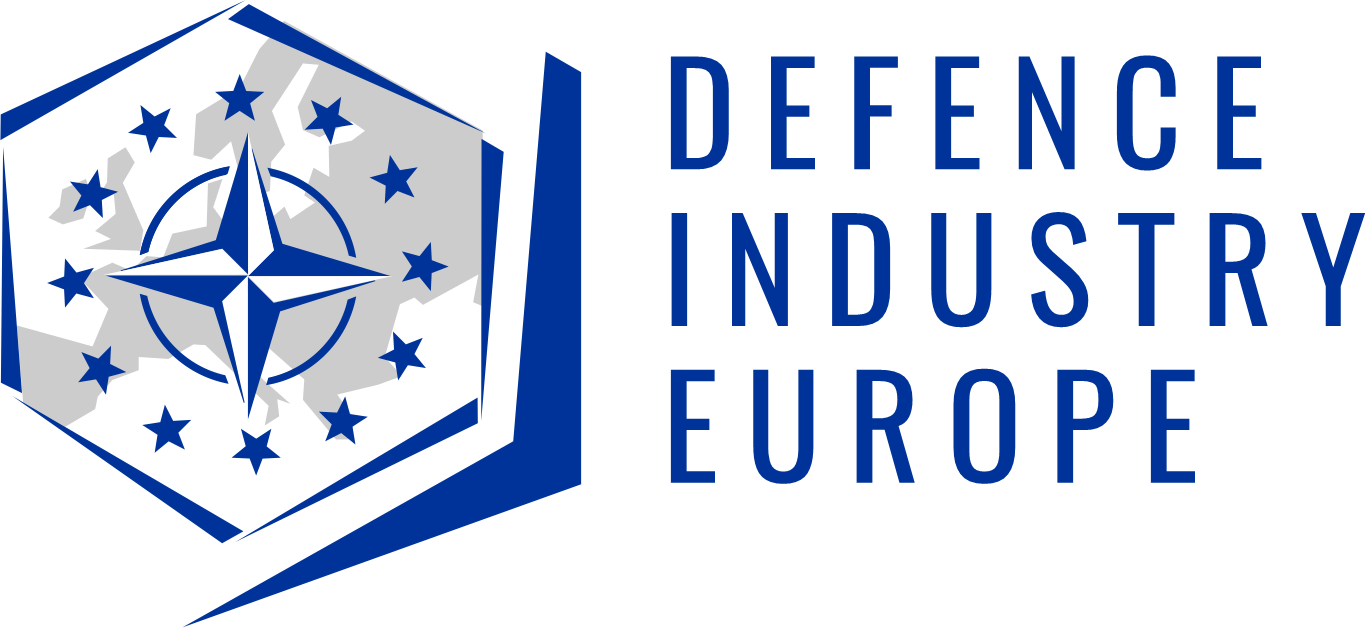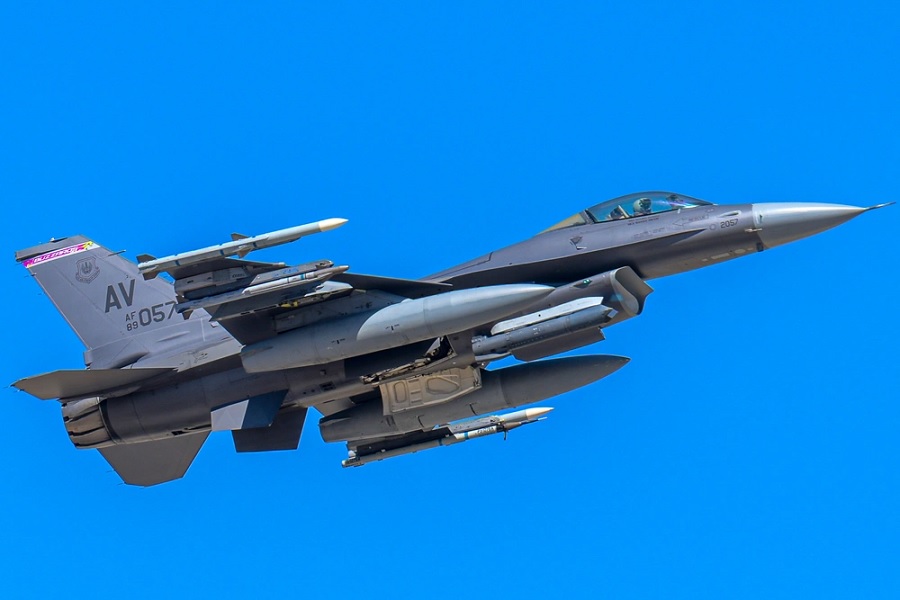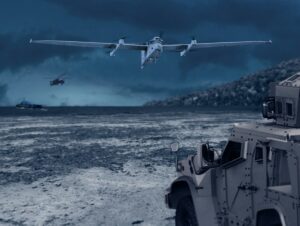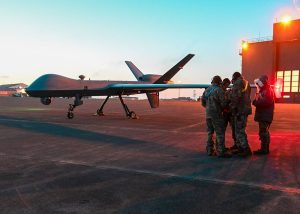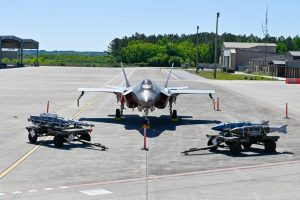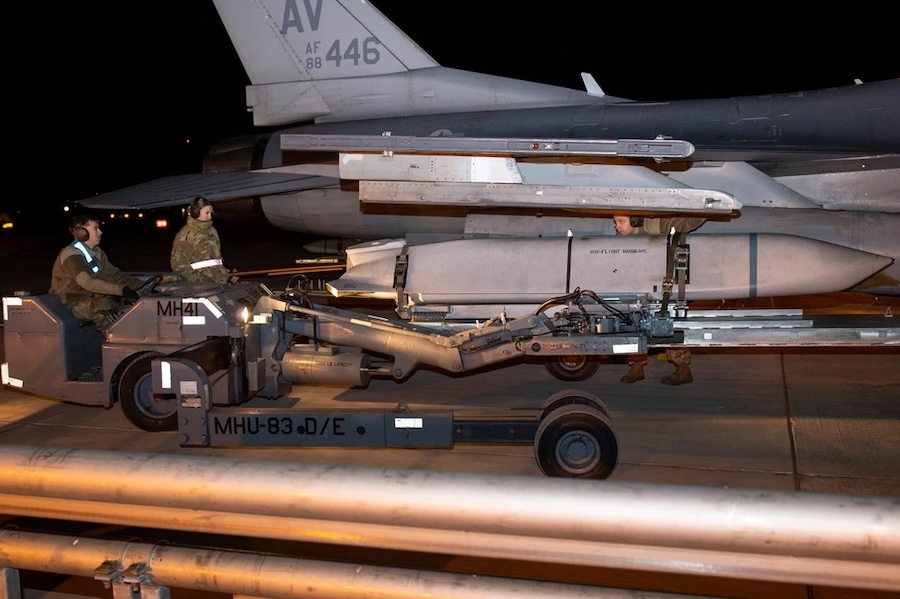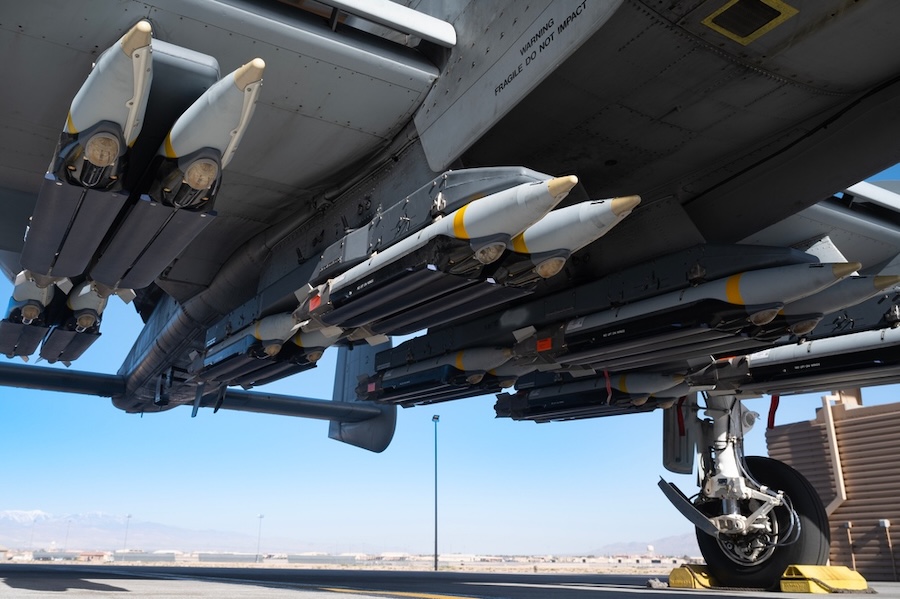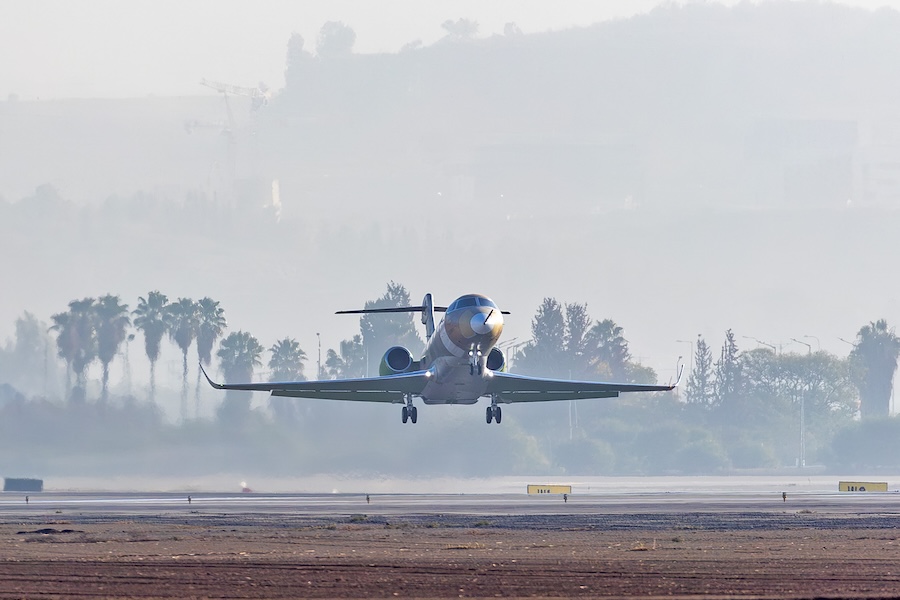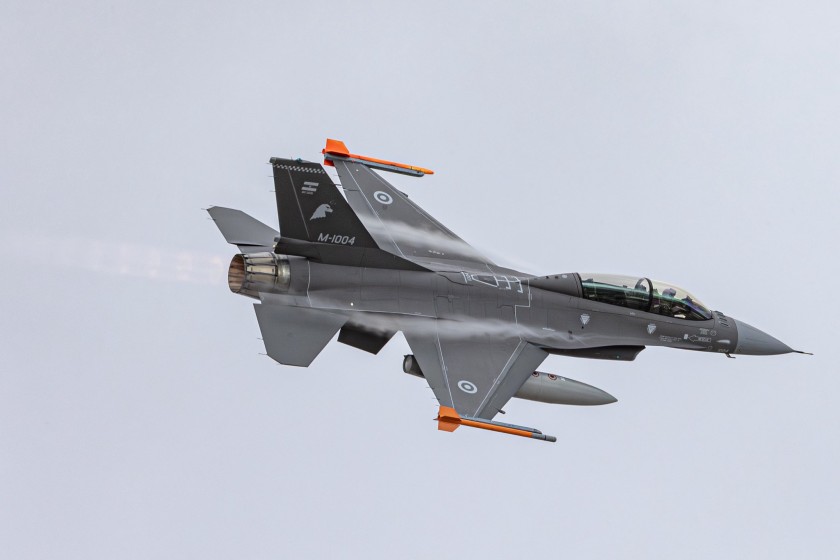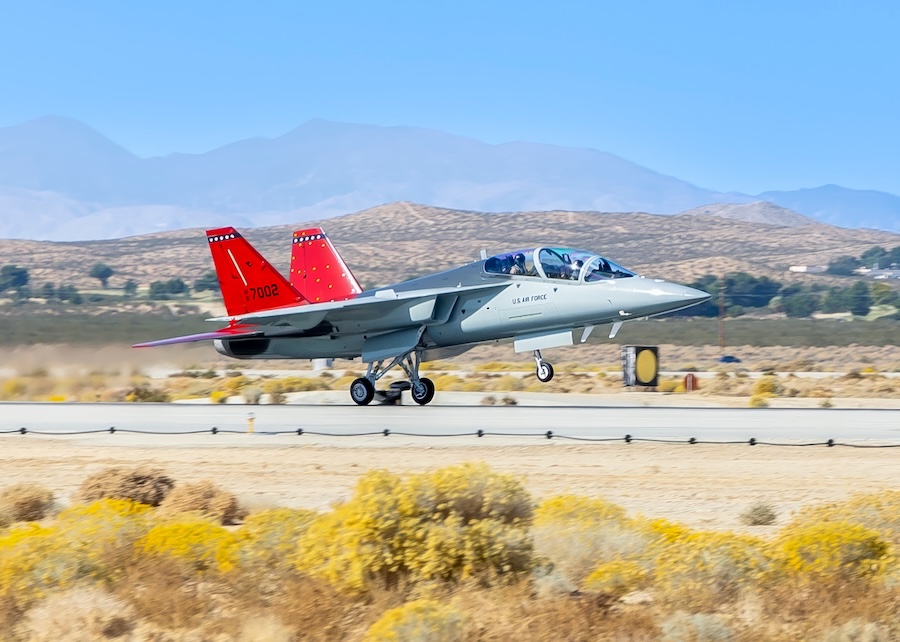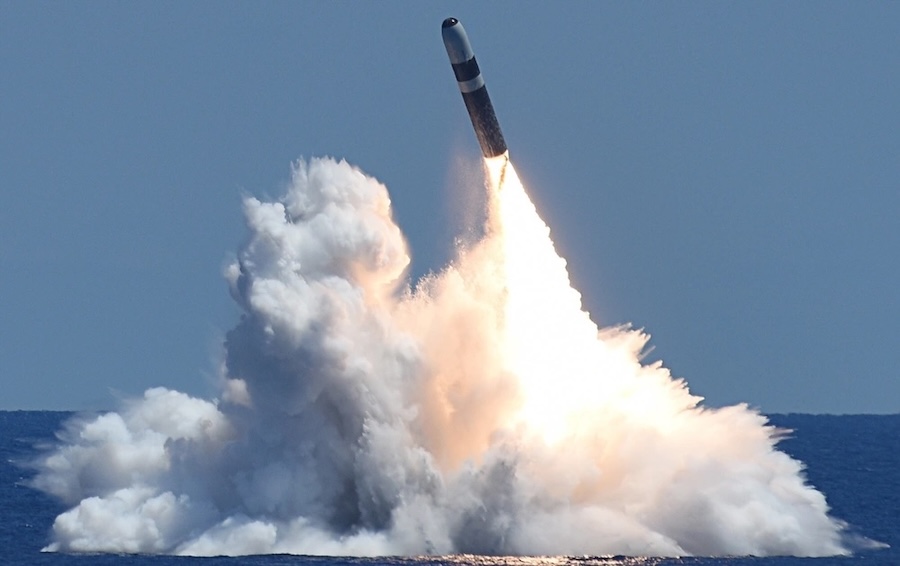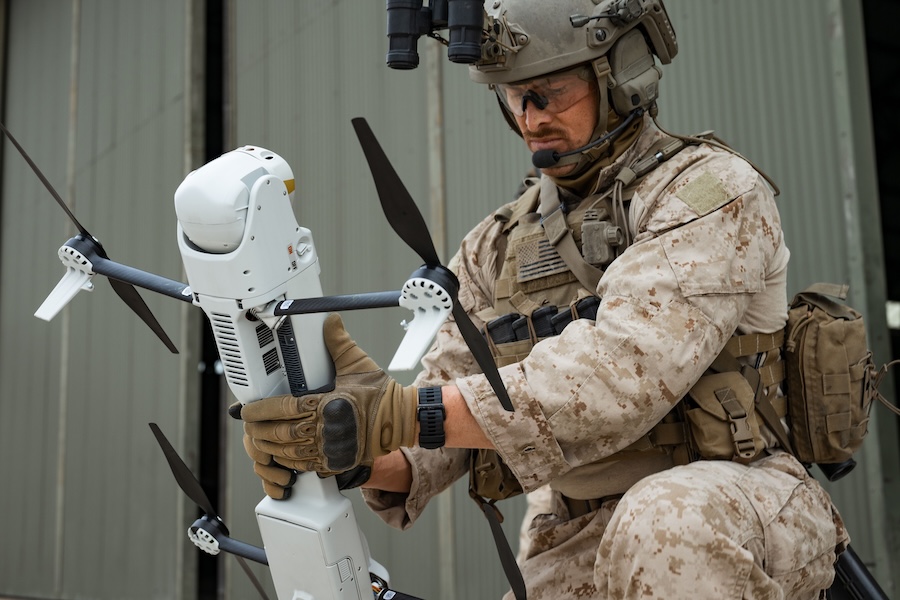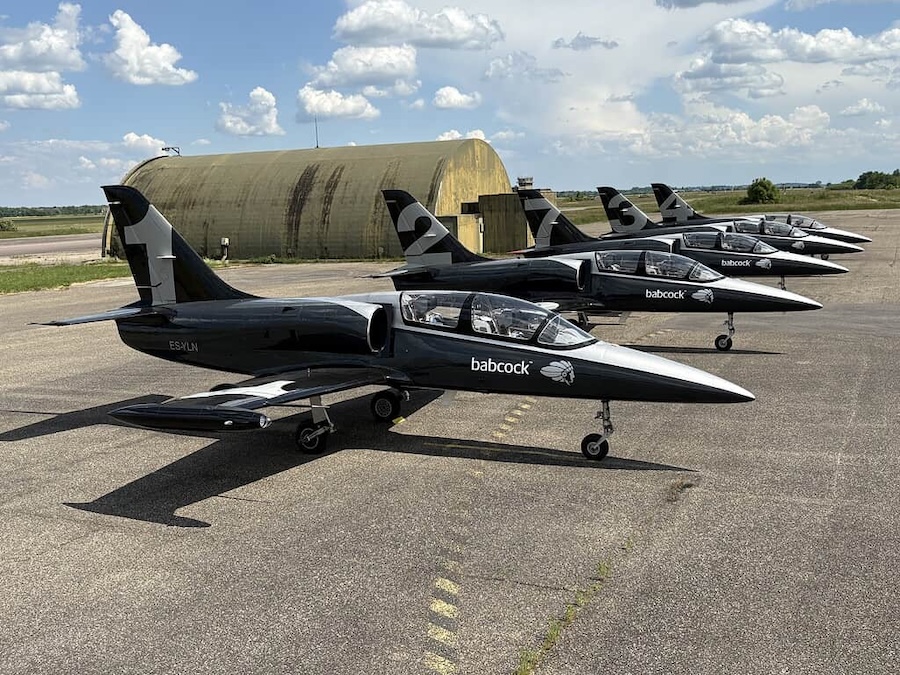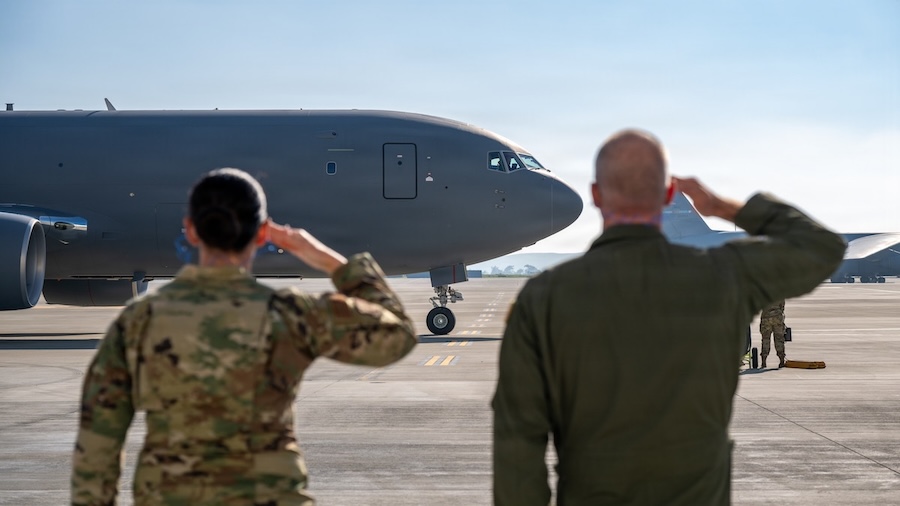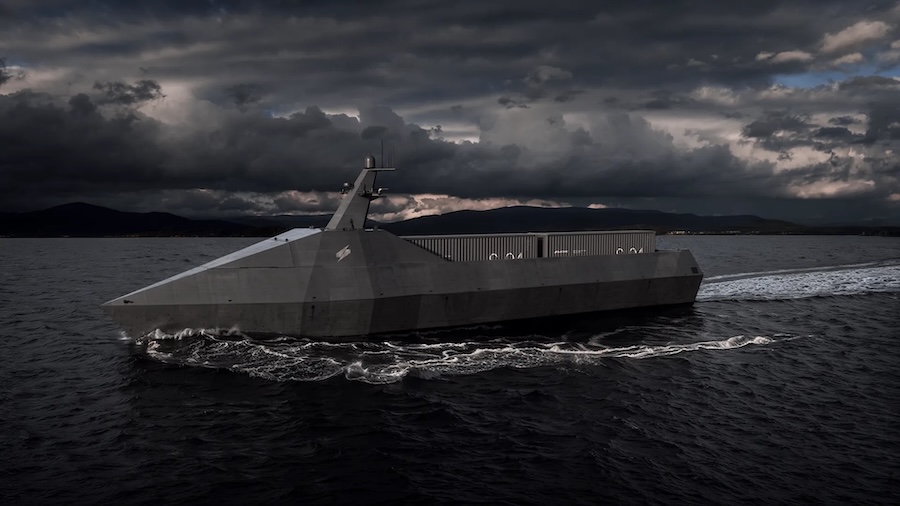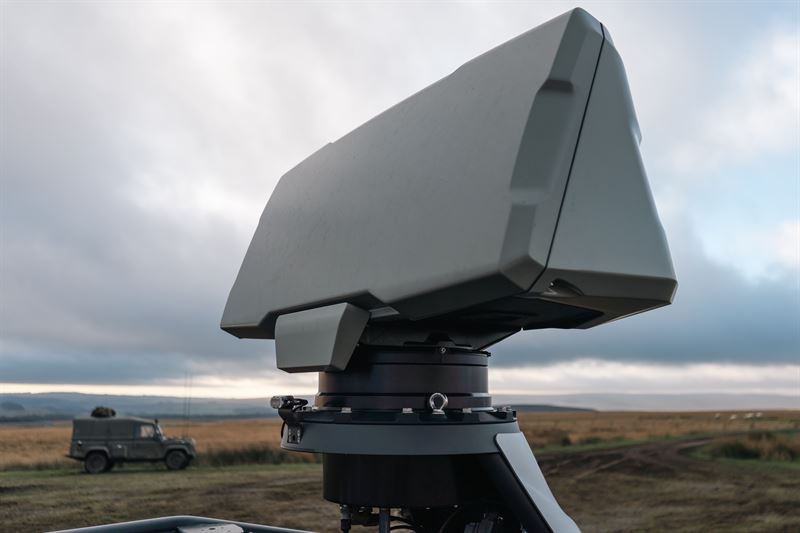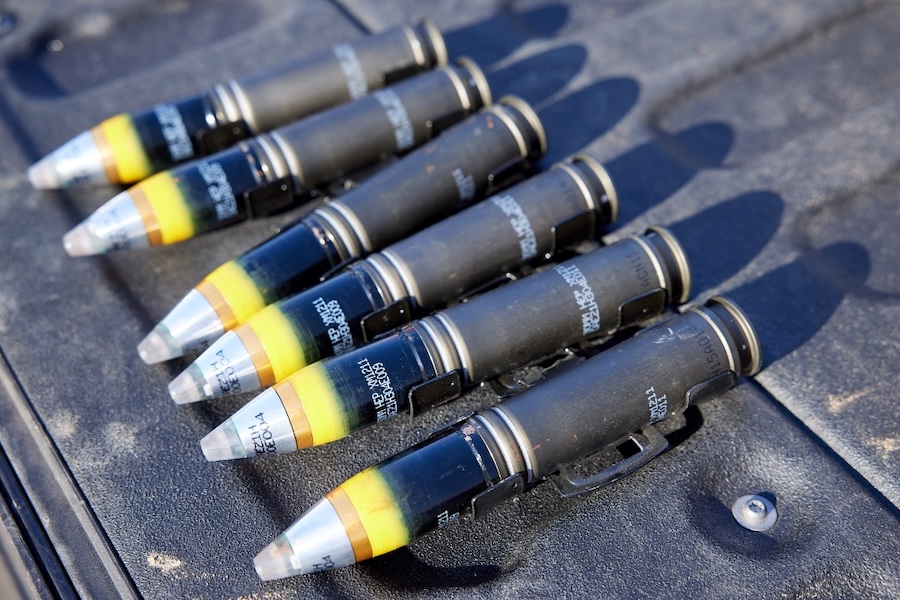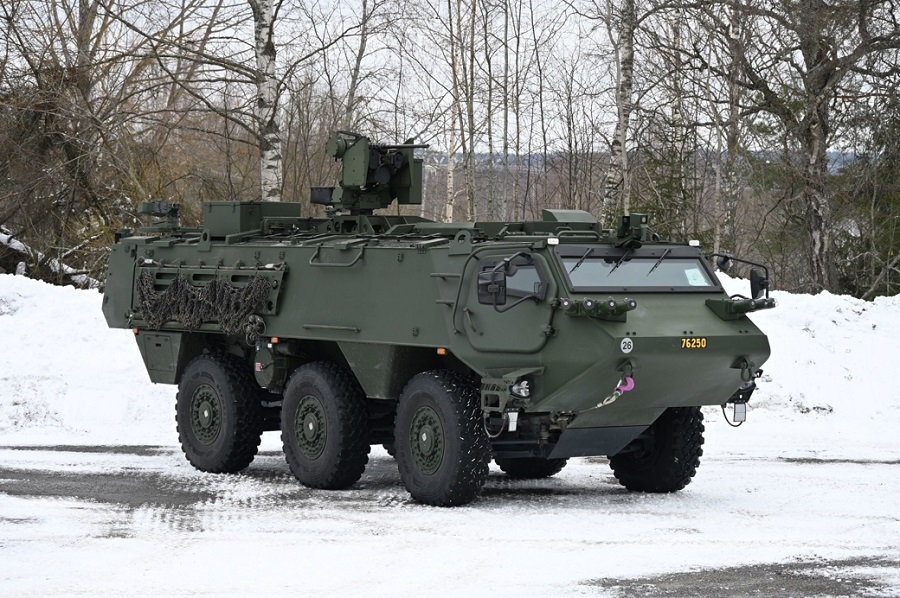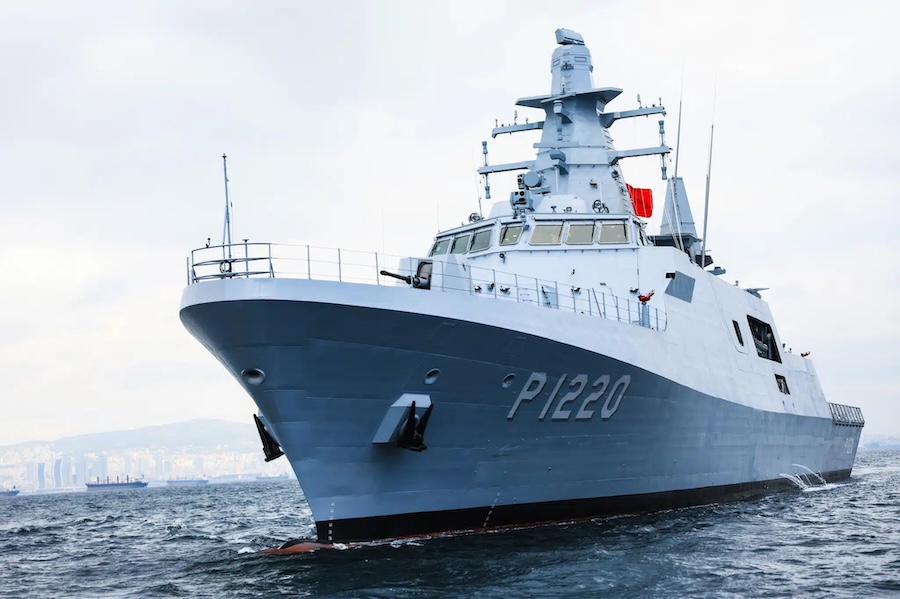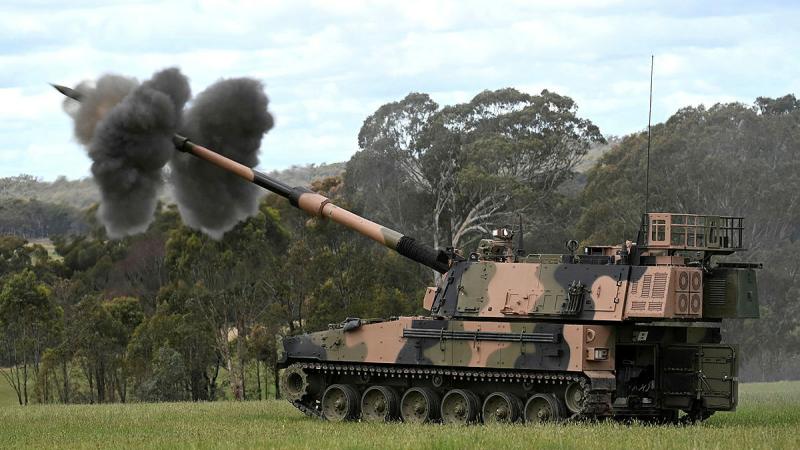The exercise focused on enhancing alliance cohesion and improving operational readiness through realistic, high-end combat scenarios. These scenarios were aimed at refining tactics, confronting advanced threats, and developing combat-credible forces.
“This training is important to the U.S. because it brings us together with our partners from around the region,” said Maj. Andrew Gallion, assistant director of operations for the 510th Fighter Squadron and Anatolian Eagle 25 project officer. “It gives our tactical operators an opportunity to practice large force tactics they don’t often get to employ at home station.”
The NATO E-3A AWACS aircraft supported the training by providing essential command and control for participating aircraft. This capability helped improve joint warfighting effectiveness and the ability to counter anti-access/area denial threats in contested environments.
“This training is designed to give aircrew maximum freedom to solve problems presented by tactical scenarios,” said Maj. Ekrem Çekin, squadron commander at the Turkish air force Anatolian Eagle Training Command. “Anatolian Eagle Trainings allow our partners the opportunity to compare and improve capabilities, tactics and procedures in a safe and instructive way through a shared vision and operational synergy.”
Anatolian Eagle 25 underlined the strength and commitment of NATO and participating nations to regional and global stability. Since its launch in 2001, the Anatolian Eagle programme has completed 55 iterations, involving over 41,000 personnel, 3,300 aircraft, and around 27,000 sorties.



